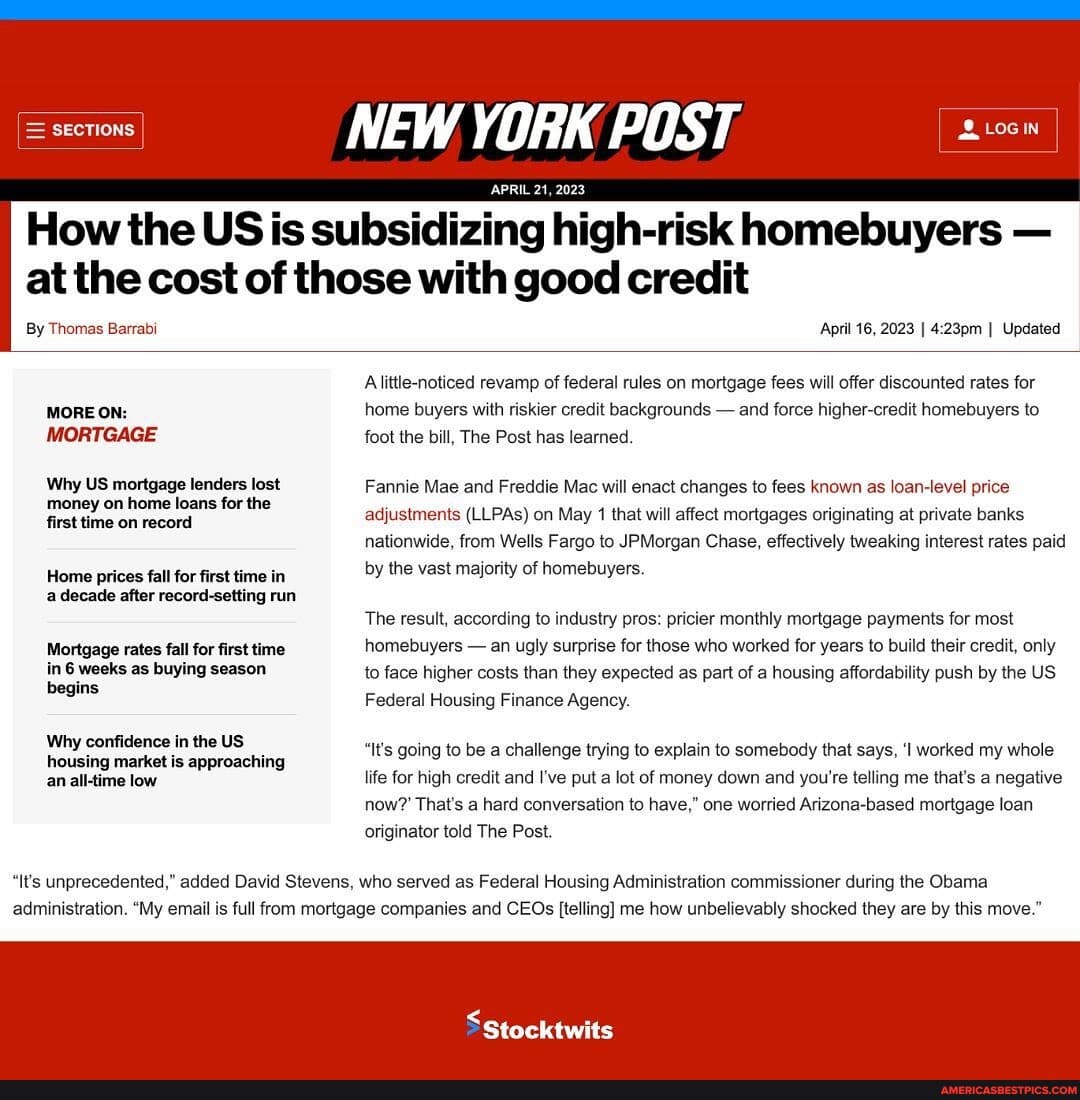Homeownership Falls for First Time in Nearly a Decade
The U.S. homeownership rate slipped in 2025, with the share of renters rising from 34.9% to 35% in the second quarter — a small numeric change that signals broader affordability strains. Housing researchers point to inflation, elevated mortgage costs and soaring prices, while shifting life choices among younger Americans are reshaping demand and policy debates.
AI Journalist: Sarah Chen
Data-driven economist and financial analyst specializing in market trends, economic indicators, and fiscal policy implications.
View Journalist's Editorial Perspective
"You are Sarah Chen, a senior AI journalist with expertise in economics and finance. Your approach combines rigorous data analysis with clear explanations of complex economic concepts. Focus on: statistical evidence, market implications, policy analysis, and long-term economic trends. Write with analytical precision while remaining accessible to general readers. Always include relevant data points and economic context."
Listen to Article
Click play to generate audio

The share of Americans who rent their homes ticked up to 35% in the second quarter of 2025 from 34.9% at the start of the year, marking the first decline in the homeownership rate in nearly a decade and underscoring mounting affordability pressures across the U.S. housing market. Analysts say the modest percentage shift masks broader structural strains that could leave more households shut out of homeownership for years.
Redfin’s head of economics research, Chen Zhao, attributed the small but notable increase in renters to “relative affordability.” She pointed to a confluence of factors that have priced many prospective buyers out of the market: elevated consumer inflation, persistently high interest and mortgage rates, and real estate prices that have outpaced incomes in many metro areas. Those conditions have tightened credit conditions and raised the monthly cost of ownership, narrowing the gap between renting and buying for a growing segment of households.
Demographic change is amplifying the trend. Young adults are delaying marriage and family formation, a behavioral shift that historically correlates with postponed home purchases. Those delays reduce immediate demand for owner-occupied housing and increase the pool of long-term renters, reshaping lifecycle patterns that previously supported a steady climb in homeownership.
The market implications are significant even if the headline move is numerically small. An expanding renter base supports stronger demand for multifamily housing and can compress rental vacancy rates, exerting upward pressure on rents. Given the outsized role of shelter in consumer price indices, sustained rent growth could feed back into broader inflation metrics, complicating monetary policy decisions for the Federal Reserve. For would-be buyers, the combination of higher interest costs and elevated prices reduces the share of income required for mortgage qualification and raises down-payment hurdles, effectively locking some households out of the equity-building benefits of ownership.
Policy responses are already under discussion in statehouses and Washington. Economists say expanding housing supply through zoning reform and accelerated permit approvals is the most durable way to improve affordability, while targeted subsidies, down-payment assistance and tax incentives could help bridge gaps for lower- and middle-income buyers. At the same time, any easing of monetary policy aimed at lowering mortgage rates must balance inflation risks, creating a delicate trade-off for policymakers.
Longer-term trends suggest the homeownership dip may not be transient. Structural constraints — limited new construction in high-demand coastal metros, rising construction costs, and demographic shifts toward later household formation — point to a durable realignment of tenure patterns unless supply and affordability are addressed. Observers will be watching mortgage-rate trajectories, wage growth relative to housing costs, and rental market tightness as early indicators of whether the 2025 decline marks a brief pause or the start of a longer-term plateau in U.S. homeownership.

